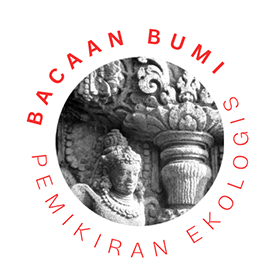Michel Picard, Bali: Cultural tourism and touristic culture, Singapore: Archipelago Press, 1996, 231pp Rrp: $US 25.00. Reviewed by RON WITTON
The essential contradiction of Bali, tourism and culture is set out in the section entitled 'Cultural involution', a term borrowed from P. F. McKean, who took it from Geertz' concept of 'agricultural involution'. Picard says the term expressed a paradox: 'The Balinese ... aspire to become modern while at the same time seeking to maintain their cultural traditions, and to do so, they need money; the tourists, who are the bearers of modernisation, are drawn to Bali essentially by the wealth of its traditions; consequently, for reasons of both cultural conservation and economic necessity, the Balinese cultivate their traditions with a view to procuring the necessary means for their modernisation.'
'Thanks to this process of cultural involution, the modernisation of Balinese society may be based not on industrial production, whose destructive effects on traditional social structures is well known, but on cultural p roductions, thus permitting the establishment of a post-industrial society based on tourism services' (p111). The horrors of modern tourism in Bali are well documented in the book. There is a description of the plans for the dreadful 125 meter gold-plated Garuda Wisnu Kencana statue, in which Wisnu rides Garuda atop an eleven storey building containing theatres, exhibition halls, amusement parks, museums, restaurants and souvenir shops (p190). Elsewhere, the new regent of Gianyar issued the startling decree to cut down all the trees along the roadsides - including some hundreds of years old - and to plant artificial gardens which made copious use of painted concrete to the most hideous effect.
Picard reflects the work of the Australian scholar Adrian Vickers on the way Bali was 'marketed' to the world. The bare breasts of Bali were used in illustrations as part of this campaign to make Bali a (male) paradise of western fantasies. Ironically, Picard says, 'today it is the Balinese, dressed from head to foot, who come to contemplate the generously exposed breasts of the foreign women' (p80).
This important book complements well the study book by John McCarthy, 'Are sweet dreams made of this?: Tourism in Bali and Eastern Indonesia' (IRIP, 1994). The latter remains the more useful for school teachers, but it is good to have a more theoretical study for tertiary level study and a general readership.










